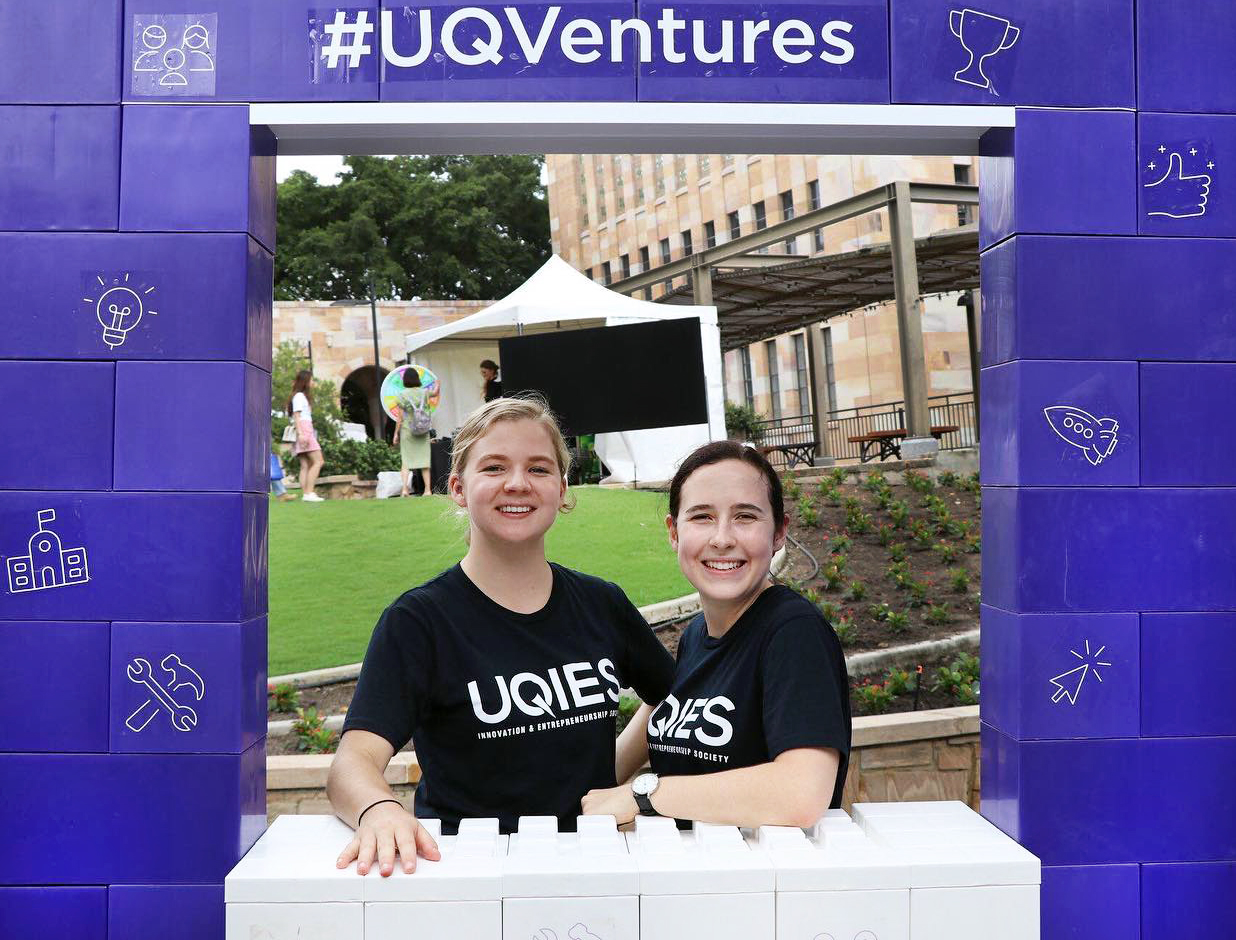3 mistakes to avoid while validating a startup
Market validation is crucial to the success of your startup, which is why it is a key focus for Week Two of the Virtual Hackathon: 2020 Vision.
The key to successful product-market fit is an ongoing market validation process. The ‘build it and they will come’ is one of the most detrimental mindsets for a founder. We should be questioning the motivations for every feature, every marketing decision, and every customer interaction.
Asking questions that give a straight answer

Now at first this seems convoluted. Don’t we want to ask questions that give us an answer? Not quite - if the answer only requires one level of interpretation you may be wasting your time.
This is probably best illustrated with an example, and you begin by asking your potential customer:
“Would you like to own your own personal rocketship that gets you to work in under 5 minutes?”
Most people would immediately indicate that ‘yes’ this is something that they would like.
Great! It appears that you have now validated your idea as your customer indicated that they would want the product. So you begin developing your “modular Rockets that are flat packed Ikea-style” because you validated your idea. You may however find that when you return to that person and offer them a $10,000 MVP (minimum viable product) they would now rather take the bus.
It’s not that the test group was lying, but that there are two major problems with your question:
- It was framed in your idea’s favour, and;
- You translated the ‘yes’ to an immediate validation, rather than taking it a step further and trying to draw your own conclusions.
A better question might be “tell me about how you get to work?” or “walk me through your morning routine?”. Consider how well their answers align with their demographic information (such as age, occupation, and income). What does this say about them?
We often assume everyone wants something that is cheaper, faster and better quality. But when you ask someone about their future behaviour, there is a psychological distance in place between who they are now, and who they will be in the future. This can make people overly optimistic in their answers. In reality, their behaviour right now can give you much better signals about their intuition, habits and emotions.
Someone who lives a busy home life may own a car, but choose the bus because it gives them a peaceful time alone to read. This is valuable to them. Others may like the train because it avoids traffic and is low cost. This is valuable to them. Some people ride bikes because it keeps them fit and they have a free locker/shower at work.
Pre-packaged meal delivery services saturate the market and can be cheaper than doing groceries, but many still opt to cook for themselves. When a new Coke flavour was developed, it tested well in trials but there was a revolt amongst customers when it was bought to market. Low-cost clothing is produced by giants under poor labour conditions but they still take billions in revenues.
For your startup to succeed, it is critical that you understand the difference between intended, and actual behaviours.
Not adopting specific markets
Following the previous sentiment, selecting a broad group as your customers can undo your efforts. Treating an entire nation or age group as your homogenous demographic means you lose the nuance in analysis. As is often the case, if we try and balance too many demands, often we fail to adequately meet any. Keep it simple – focus on a single market to start with. There is always room to scale after.
Not testing your market
You may be uncomfortable with this idea, but it’s a great way to build confidence in your idea before investing too much time and money.
Essentially, you sell something that doesn’t exist and see if anyone is ready to buy it.
It is a very achievable, requires little to no capital and will be one of the best indicators you can get. Creating this a false marketplace involves wireframes and other marketing material, then presenting it alongside an opportunity to acquire what it is you’re trying to validate.
For example, you can create an online booking platform and a ‘make your first appointment’ form or a storefront that has a checkout page. Use tools like Google Ads, Facebook groups and your own networks to get it out there. Then closely monitor your uptake. Once the customer has confirmed they want to proceed, reach out and connect. Explain that it doesn’t exist yet, but try and continue to engage with them. They will be your earliest adopters.
Final thoughts
These are just some of the pitfalls I encountered, and of course, there are many more. My final advice is to read widely and speak openly. The founder community is full of voices and the most honest answer will come from someone who wants to see you succeed.
The UQIES team is here to assist at every step of your Virtual Hackathon journey. You can reach out to the team on the Virtual Hackathon Slack channel.

